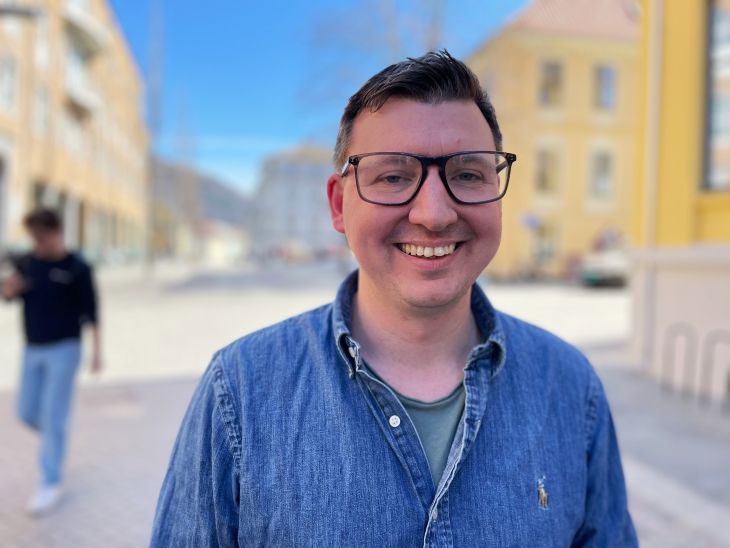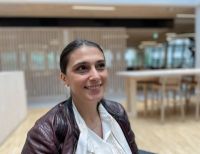Imagine that you type in the address of an online newspaper in your web browser one day. You scroll down the page, and a bunch of stories pop up on your screen. Within seconds you have decided what story to read.
What is it that makes us choose some stories over others? This question is at the heart of what media researcher at University of Bergen, Erik Knudsen, is researching.
“I am interested in how people’s predispositions shape the kind of media they use, and how they use them,” he says.
If a story about immigration is presented as something that goes against people’s beliefs about immigration, they are less likely to read it, according to research, than if it had been presented as a story that confirms their pre-existing attitudes, according to Knudsen.
“People have opinions about a lot of news stories. That is why it is possible to talk about being “for” and “against” them. In many cases people will be neutral too, but when it comes to stories with a political twist, people will have formed an opinion,” Knudsen says.
The Map and the Terrain
Knudsen has researched these types of questions for many years and has previously gotten funding from the Norwegian Research Council through their Researcher Project for Young Talents program.
“But gradually, I have gotten a sneaking feeling that the map does not quite match the terrain, and that the prevailing way to think about these things in the research world, might be slightly wrong,” he says.
Knudsen does not believe that using the selective exposure theory – the fact that we tend to read information that we agree with rather than information that we disagree with – necessarily gives us good enough answers.
«The normative ideal in Norway, that in many ways is rooted in the Constitution, is that we should have an open and enlightened public conversation. So, if you come across a story about immigration or road taxes or whatever it should be, that invokes something in you, and that makes you think “I don’t agree with this”, then, according to this ideal, you are supposed to absorb that information. If that is the ideal, that is what we should study,” Knudsen says.
Thresholds
These days Knudsen is trying to get an ERC “Starting Grant”, and he has gotten to the last rounds of interviews in this process. In his application Knudsen launches the idea that people have thresholds concerning what kind of information they take in, and that this varies in a systematic way.
“What is missing in the selective exposure theory is the fact that most likely people are reading a lot of information that they don’t agree with. Which is why I am shifting the attention to that, and focusing only on people’s use of information that they disagree with. I ask: where do people draw the line? What are people’s thresholds for using information that they disagree with? By looking at this instead, rather than the somewhat strange difference between content one agrees with versus disagrees with, we can find important nuances,” Knudsen says.
There is too little knowledge about this in the social sciences today, according to Knudsen.
“What we should focus on is the diversity in people’s media use”, he says.
Wants to make his own panel
“I want to try to establish more knowledge about this. It will not be enough with just one study or one ph.d. position. It is necessary with a coordinated, big project, that can look at all the different components at the same time, so that we can develop theories that can say something new about this phenomenon and produce enough knowledge to further develop the field. I hope that when we talk about these things in a few years, we will be talking about thresholds rather than the difference between time spent consuming information we agree with and disagree with.”
Knudsen dreams of creating his own panel on media use, to map people’s attitudes, and tie them to tracking data.
“Then we can see if there is a correlation between how people behave online, and their attitudes,” he says.
















